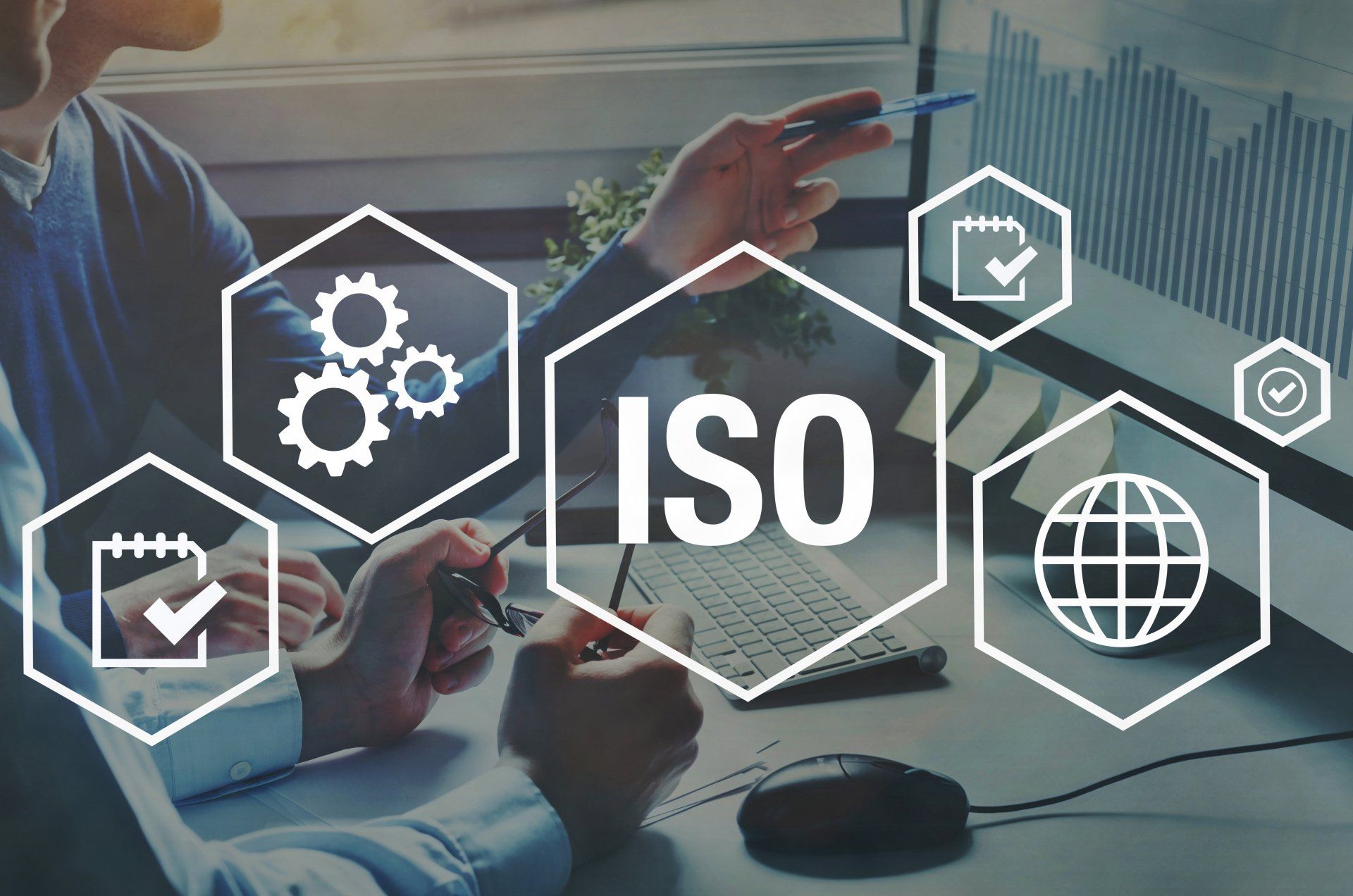POLICY

There has been a steady decline in innovation in Australia since the Global Financial Crisis (GFC) in 2007. This is clear from the Australian Patent Office data which shows the number of provisional patent applications filed in Australia. The chart below displays the number of filings of provisional patent applications per fiscal year from FY90 to the present.

Standards Australia have endorsed a set of Innovation Management Standards that will provide cohesion and a simplified, consistent approach to driving innovation strategy and business improvement. Developed by the International Organization for Standardization (ISO), these Standards provide a set of recommended approaches and methods to manage innovation and its implementation, aligned with international best practice. There are currently four ISO Innovation Management Standards released, with another five in development. The Standards are written as recommendations or guidelines. They are not compliance regulations yet. The Standards are global. Applying the Standards in Australia will ensure your innovation efforts are aligned with world’s best practice. Who Designed The Standards? The ISO Innovation Management Standards were developed based on the insights of innovation professionals from 44 participating ISO member countries and 20 observing member countries. As the Chair of Australia’s Innovation Management Standards committee (MB-279), I can attest to the rigorous process of quality control and consultation that went into ensuring organisations of all sizes and sectors could be supported by the Standards. Australia’s committee has representatives from a large number of industries and organisations that are focused on enhancing innovation outcomes. Why Are The Standards Important? Innovation is happening faster than ever before. With new technologies emerging every day, our world is changing at a startling pace. According to Deloitte, innovation is among the top five priorities for 96% of companies. We also rely on innovation to find workable solutions to the critical issues facing the world’s population, in areas such as climate, energy, food production and health care. Standards play a crucial role in de-risking investment and accelerating the adoption of new technologies that enhance our standard of living. Establishing a common language around the process of innovation and measuring and reporting on innovation in a standardised manner enables better collaboration outcomes. A need for a set of standards to guide innovation activities, and provide consistency across the world, was recognised as an important element to supporting the speed and impact of innovation needed to maintain the current rate of progress. How Will They Help? For businesses who wish to survive and even thrive, innovation cannot be left to chance. An established innovation system ensures that the search for ideas and their transformation into successful products takes place with maximum effectiveness and efficiency. The Innovation Standards are designed to support innovation management systems, regardless of an organisation’s origin or size, taking into account the different ways that companies in various sectors operate across the world. Progressing Australian Innovation Innovation continues to be critical for Australia’s future. As the historical drivers of our productivity stagnate, we need to strengthen our capacity to generate value from ideas. Embracing innovation is key to powering our economy and providing jobs and high living standards for all Australians. Australian innovation and scientific research has had a strong bias towards agricultural R&D with a more recent lean towards resources, manufacturing and services activities. However, Australia's rate of technological innovation is half the world average, based on patents, according to a mid 2000 report commissioned by the Australian Research Council (1). The report identified a pattern of failing to commercialise research. The key to successful commercialisation is a comprehensive and well-structured framework supporting the entire process, from initial idea through to commercial outcome. Innovation is a critical part of this process, but also the component that most often suffers from a lack of structure. Innovation standards will help Australian innovators structure their innovation systems in ways that have been tested and proven to generate outcomes across the world. It will provide much needed rigour around reporting and metrics to measure outcomes from innovation, ensuring innovation efforts are focused and have a higher instance of generating outcomes. Impact For Australia Organisations that do not consider the Innovation Standards risk being left behind as their competitors apply international best practice methods to improve the value, ROI and impact of their innovation activities. The risk for Australia is that other nations will embrace the standards and benefit from higher performing innovation systems, widening the gap between those countries who can innovate efficiently and those who struggle. Understanding and applying the ISO Innovation Standards will support Australia’s mission of accelerating innovation and ensure our ongoing prosperity and quality of life. Individual organisations who choose to apply the Standards will benefit from innovation systems that are efficient, effective and have a much higher probability of generating commercially successful outcomes. They will become powerful competitors to those organisations who do not have innovation systems of the same calibre. For organisations, and for our nation – the ISO Innovation Standards are a valuable set of guidelines to help supercharge our innovation systems. You can find out more about the ISO Innovation Standards on the Standards Australia website . Bibliography (1) Australian Research Council. (2000, July). Research in the National Interest: Commercialising University Research in Australia. Canberra, ACT, Australia.







